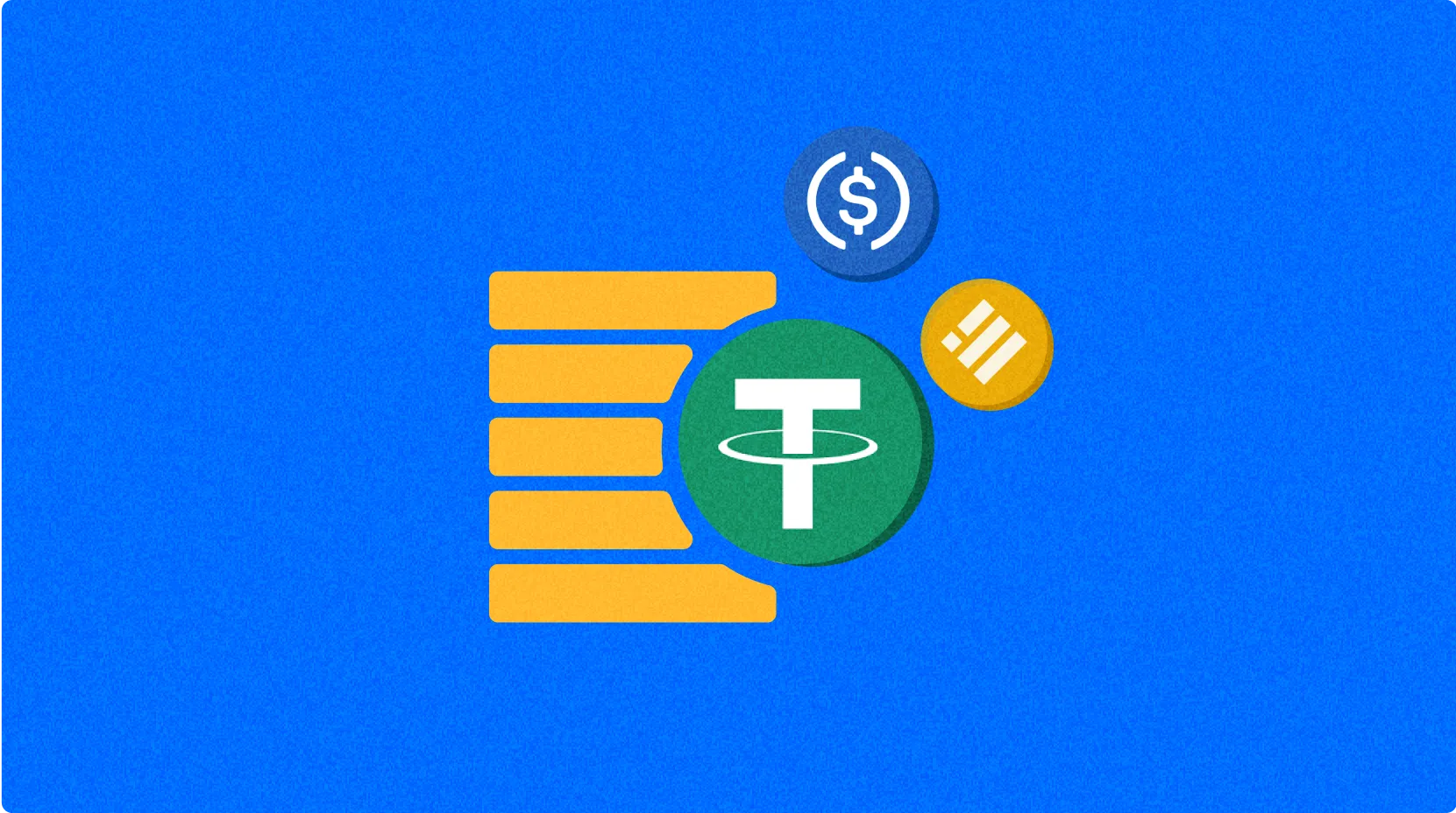Metamask Extension Gateway

As one of the most popular browser wallets in the cryptocurrency space, the MetaMask Extension Gateway serves as a crucial bridge connecting users to decentralized applications (DApps) and the Ethereum blockchain. This gateway is essentially a browser extension that allows users to securely manage digital assets and interact with blockchains without leaving their web browser interface. The primary functions of the MetaMask Extension Gateway include key management, transaction signing, and network connectivity, simplifying complex blockchain operations into a user-friendly interface that effectively lowers the barrier to entry for participating in the blockchain ecosystem.
The MetaMask Extension Gateway was initially developed by the ConsenSys team in 2016 to address accessibility issues with the Ethereum blockchain. In the early days of blockchain technology, average users found it difficult to interact with smart contracts and decentralized applications, requiring either running a full node or possessing complex technical knowledge. MetaMask's innovation lay in embedding blockchain functionality into ordinary web browsing environments, enabling anyone with basic computer skills to participate in the blockchain world. From initially supporting only the Ethereum mainnet to now accommodating multiple EVM (Ethereum Virtual Machine) compatible blockchain networks, MetaMask's evolution reflects the expansion and maturation of the entire cryptocurrency ecosystem.
The working mechanism of the MetaMask Extension Gateway is built on several key components. First, it generates and securely stores the user's private keys and seed phrases, which are the core credentials of a user's blockchain identity. Second, the extension acts as a Web3 provider, establishing a connection channel between the user's browser and blockchain networks. When users visit compatible decentralized applications, MetaMask allows websites to interact with the user's wallet through a JavaScript-injected Ethereum provider object (window.ethereum) with limited access. Notably, all transaction operations require explicit user authorization, ensuring asset security. The extension also maintains RPC (Remote Procedure Call) connections with different blockchain networks, allowing users to switch freely between mainnet and testnets or add custom networks.
Despite the convenience provided by the MetaMask Extension Gateway, it faces various risks and challenges. Security risks are a primary concern—as a browser extension, MetaMask can become a target for phishing attacks. Malicious websites may trick users into authorizing harmful transactions by mimicking legitimate DApps. Additionally, the security limitations inherent in browser environments make private key storage less secure than hardware wallets. In terms of user experience, MetaMask must balance security with convenience, especially when handling complex transactions or interacting with emerging DeFi protocols. From a regulatory perspective, as a gateway connecting the traditional internet to the crypto economy, MetaMask also faces evolving compliance requirements, particularly regarding user identification and anti-money laundering measures. As the Web3 ecosystem develops, MetaMask must continuously adapt to emerging blockchain standards and protocols to maintain its position as a mainstream access point.
The importance of the MetaMask Extension Gateway to the cryptocurrency industry cannot be overstated. It not only reduces the technical barrier for ordinary users entering the blockchain world but also provides developers with a standardized user access solution, accelerating the adoption of decentralized applications. As a key infrastructure connecting the traditional internet with the blockchain world, MetaMask's development trajectory largely reflects the industry's shift from being technology-oriented to becoming user-friendly. Despite facing competition and security challenges, the MetaMask Extension Gateway will remain a core tool for blockchain interaction in the foreseeable future, continuing to drive the mass adoption of decentralized technology.
Share
Related Articles

How to Do Your Own Research (DYOR)?

What Is Fundamental Analysis?
